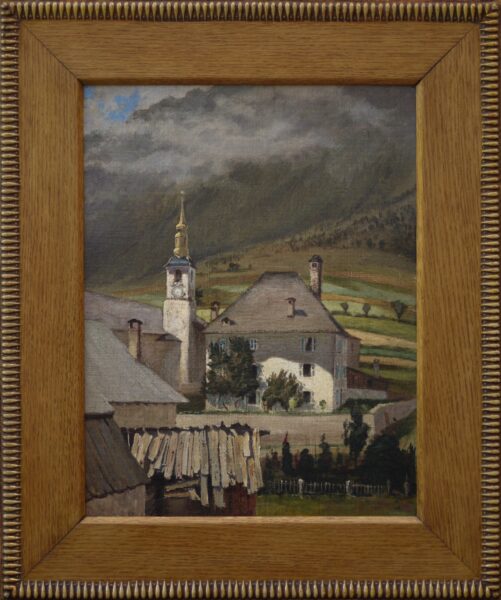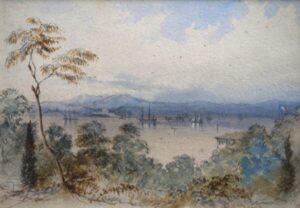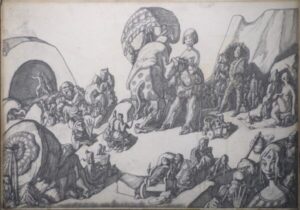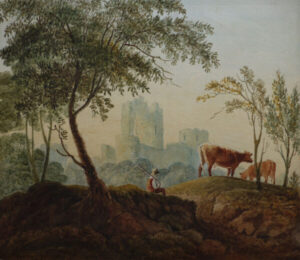Thompson, Sir Henry, Bart (1820-1904)
Henry Thompson was born on 6 August 1820 and was brought up in Framlingham in Suffolk. He became a renowned specialist surgeon in urology even before the specialty developed. He was one of the first surgeons to operate successfully for the removal of gallstones, operating on both Leopold I King of the Belgians and Napoleon III. Under the pseudonym Pen Oliver he published two best-selling medical novels: 'Charley Kingston's Aunt' (1885), and 'All but: a Chronicle of Laxenford Life' (1886). Many Victorians painted and sketched for a hobby, but Thompson excelled making this more than a gentle pastime and reaching for the top of the artistic tree. He experimented with and wrote about photography only two years after its introduction in 1839 by Louis Daguerre, but his original talent was fostered by study under Edward Elmore, RA, and Sir Lawrence Alma Tadema, RA. He exhibited paintings at the Royal Academy in 1865, 1870, annually from 1872-1878, and again in 1881, 1883, and 1885. Two of his pictures were afterwards shown in the Paris Salon, and to this exhibition he contributed a landscape in 1891.
Thompson also acted as doctor to Sir Lawrence Alma-Tadema, the Pre-Raphaelite artist. He painted portraits of Millais and Thackeray and was also a fine illustrator, illustrating his own medical textbooks. Thompson lived at 'Hurtside House' at East Molesey from 1880 where he built an observatory; his telescopes, of the latest design, were donated to the Royal Observatory at Greenwich. He was also a famous gastronome; his book 'Food and Feeding' (1880) went through twelve editions. In 1872 he began his famous 'Octaves': (male only) dinners of eight simple dishes, beginning at eight o'clock, for eight guests. Three hundred-and-one Octaves were held before he died in 1904, attended by famous men in the arts and literature, politicians and royalty.
Perhaps his greatest achievement was the introduction of cremation. Having seen an incinerator at the Great Exhibition in Vienna in 1873, he began to experiment by burning animal corpses, publishing a book, Cremation: the Treatment of the Body after Death (1874), and founded the Cremation Society, becoming its president. He helped establish the crematorium at Woking, but due to opposition it was not until 26th March 1885 that the first cremation was carried out. His interest in cremation was perhaps also driven by his bitter opposition to the extension of the cemetery at West Molesey, which brought graves almost to his backdoor!
Thompson received the honour of knight bachelor in 1867 and was created a baronet on Feb 20th, 1899. He married on Dec 16th, 1861, Kate Fanny, daughter of George Loder, of Bath. Lady Thompson was well known as a pianist. She was paralysed for some years, but survived her husband, dying on Aug 30th, 1904, leaving a son, Henry Francis Herbert, and two daughters. Sir Henry Thompson died at 35 Wimpole Street, W, on April 18th, 1904, and was cremated at Golder's Green. A three-quarter-length portrait painted by Sir J E Millais, RA, in 1881 hangs in the Tate Gallery. There is a bust by F W Pomeroy, RA, in the Crematorium at Golder's Green. A cartoon portrait by Ape in Vanity Fair (1874) is subscribed 'Cremation'. There are numerous photographs of Thompson in the collection of the Royal College of Surgeons.



